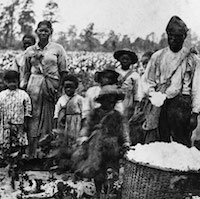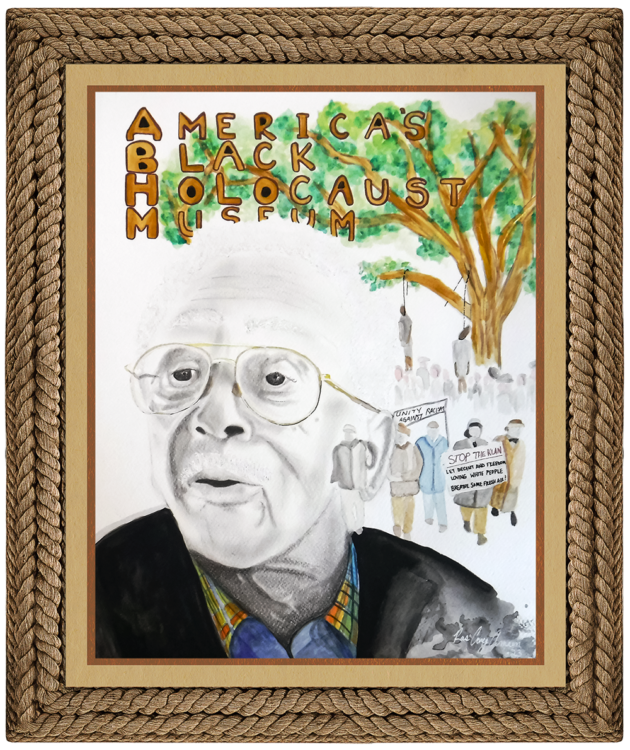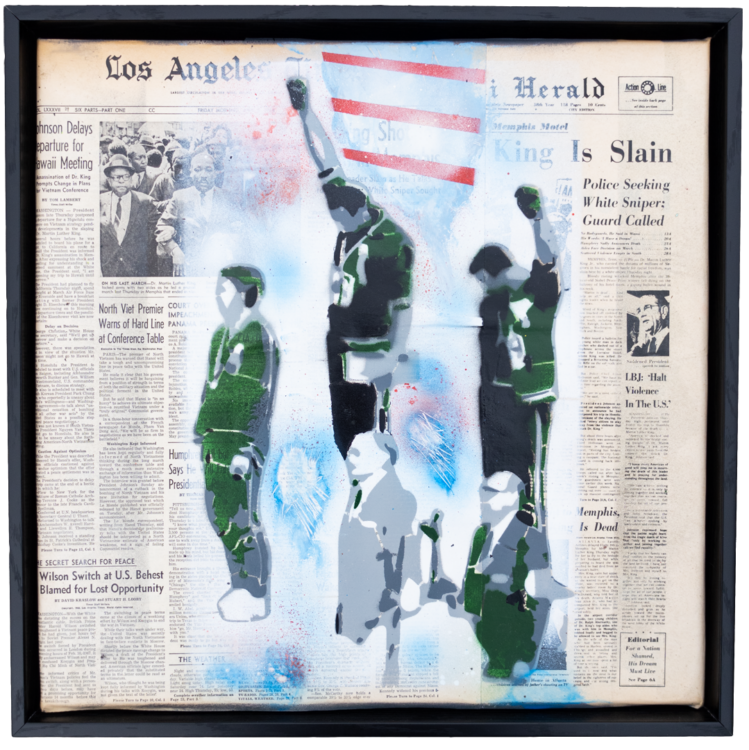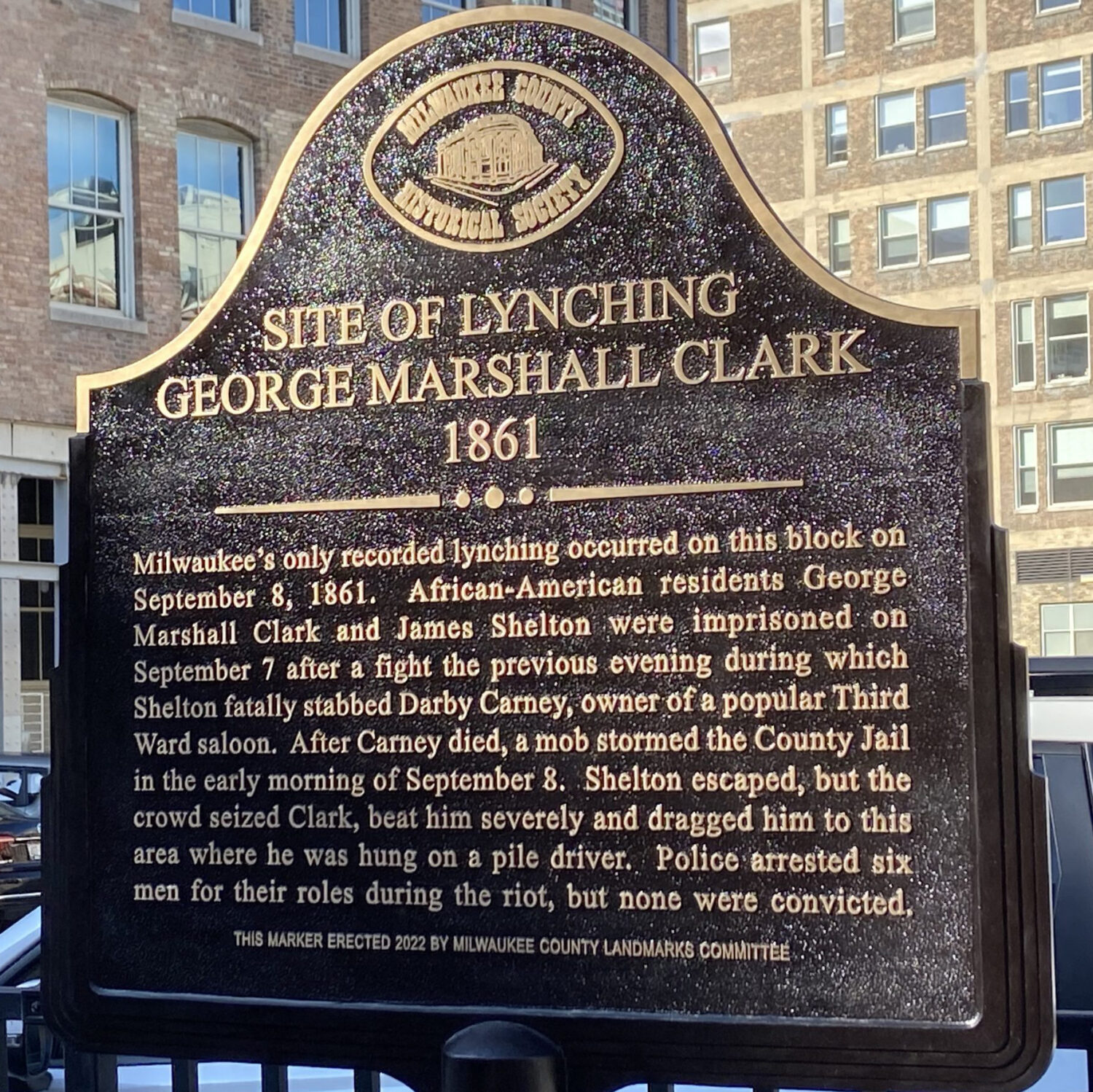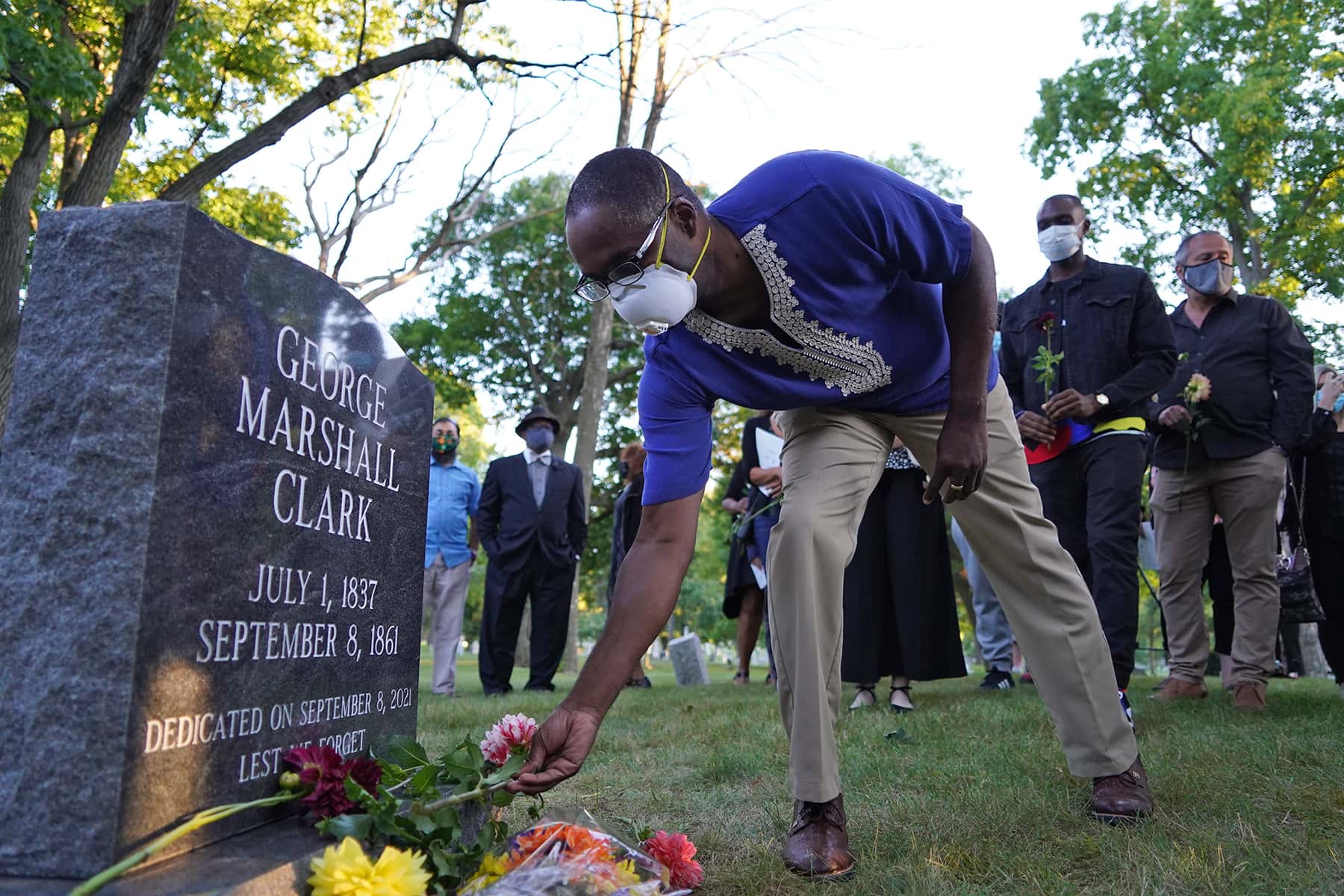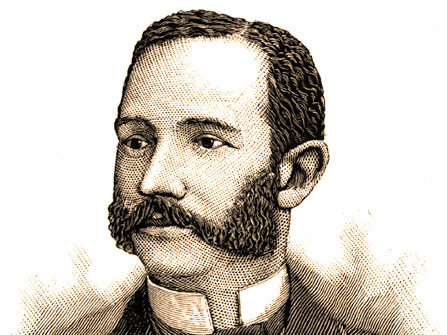Milwaukee
Explore Our Online Exhibits
- « Previous
- 1
- 2
- 3
- Next »
Breaking News
Worldwide Community Events
Week 4
- Sun 30
- Mon 31
- Tue 1
- Wed 2
- Thu 3
- Fri 4
- Sat 5
- Sun 6
- Mon 7
- Tue 8
- Wed 9
- Thu 10
- Fri 11
- Sat 12
- Sun 13
- Mon 14
- Tue 15
- Wed 16
- Thu 17
- Fri 18
- Sat 19
- Sun 20
- Mon 21
- Tue 22
- Wed 23
- Thu 24
- Fri 25
- Sat 26
- Sun 27
- Mon 28
- Tue 29
- Wed 30
- Thu 1
- Fri 2
- Sat 3
-
No Events
-
No Events
-
No Events
-
No Events
-
No Events
Share
The Black Holocaust Through One City's Eyes
Milwaukee is the largest city in the state of Wisconsin and the home of America's Black Holocaust Museum. Originally settled by German immigrants, Milwaukee became more of a melting pot during subquest immigration waves. Milwaukee's Bronzeville neighborhood, of which ABHM is a part, was originally settled by Germans before becoming the African American Center of the city. The city was well known for manufacturing materials and beer, and local sports teams such as the Brewers still pay homage to those roots.
Currently, Milwaukee has 1.18 more Black or African American residents than any other race. However, racism is often prevalent and is also known as the most segregated city in the country. The economic disparities are especially dire, with Black Milwaukeeans experiencing poverty at five times the rate of their white counterparts. Milwaukee was important in conversations about race during the COVID-19 pandemic.
Milwaukee is more politically liberal than much of Wisconsin, perhaps due to the demographics of its residents. Due to this, some politicians have attempted to influence politics by closing polling places in the city, much like they attempt to control elections by changing polling maps.
Nevertheless, the Black community and culture survive and even thrive in Milwaukee. The city welcomes speakers, organizations, and events that recognize and celebrate Black culture, including an annual weekly celebration of the Bronzeville neighborhood. Mayor Cavalier Johnson is the city's first Black mayor, while the city recently inducted its first Black woman as deputy fire chief.
Discover the rich tapestry of Milwaukee through the lens of Bill Tennessen at the Haggerty Museum of Art, situated within Marquette University. Mr. Tennessen’s extensive documentation of life in Milwaukee since 1981 is showcased, providing a compelling and diverse narrative of the city’s evolution.
Read MoreLocal officials, area leaders, and community members gathered in the Third Ward of Milwaukee County to honor George Marshall Clark, a victim of racial violence who was lynched on September 8, 1861. The dedication ceremony was organized by the Milwaukee County Landmarks Committee, part of the Milwaukee County Historical Society, and marked a vital step forward in acknowledging the past, promoting social justice, and preserving the memory of George Marshall Clark.
Read MoreThese postcards were mailed to and from Wisconsin residents from 1904 to 1942. Their stereotyped pictures of African Americans were very common and accepted. Such cards were sent openly, without comment or embarrassment.
Read MoreTwo Wisconsin genealogists want to highlight the significance and protect the sanctity of Milwaukee’s poor burial sites, such as Cemetery One.
Read MoreNearly two centuries after his brief life and brutal death were entered into public record as the only recorded lynching in Milwaukee history, George Marshall Clark’s unmarked grave was memorialized with a granite headstone during a special ceremony at Forest Home Cemetery on September 8. The moving event was sponsored by ABHM and Forest Home Cemetery.
Read MoreAmerican descendants of slaves have celebrated Juneteenth for 153 years, but freedom remains elusive for many.
Read MoreMany Milwaukeeans are familiar with the 1854 abolitionist rescue of Joshua Glover, an African American who escaped slavery and found sanctuary in Wisconsin. Far fewer know about the horrific racial lynching of George Marshall Clark, a free black man, that happened only seven years later in Milwaukee. What was their story, and how have we remembered these two men?
Read More